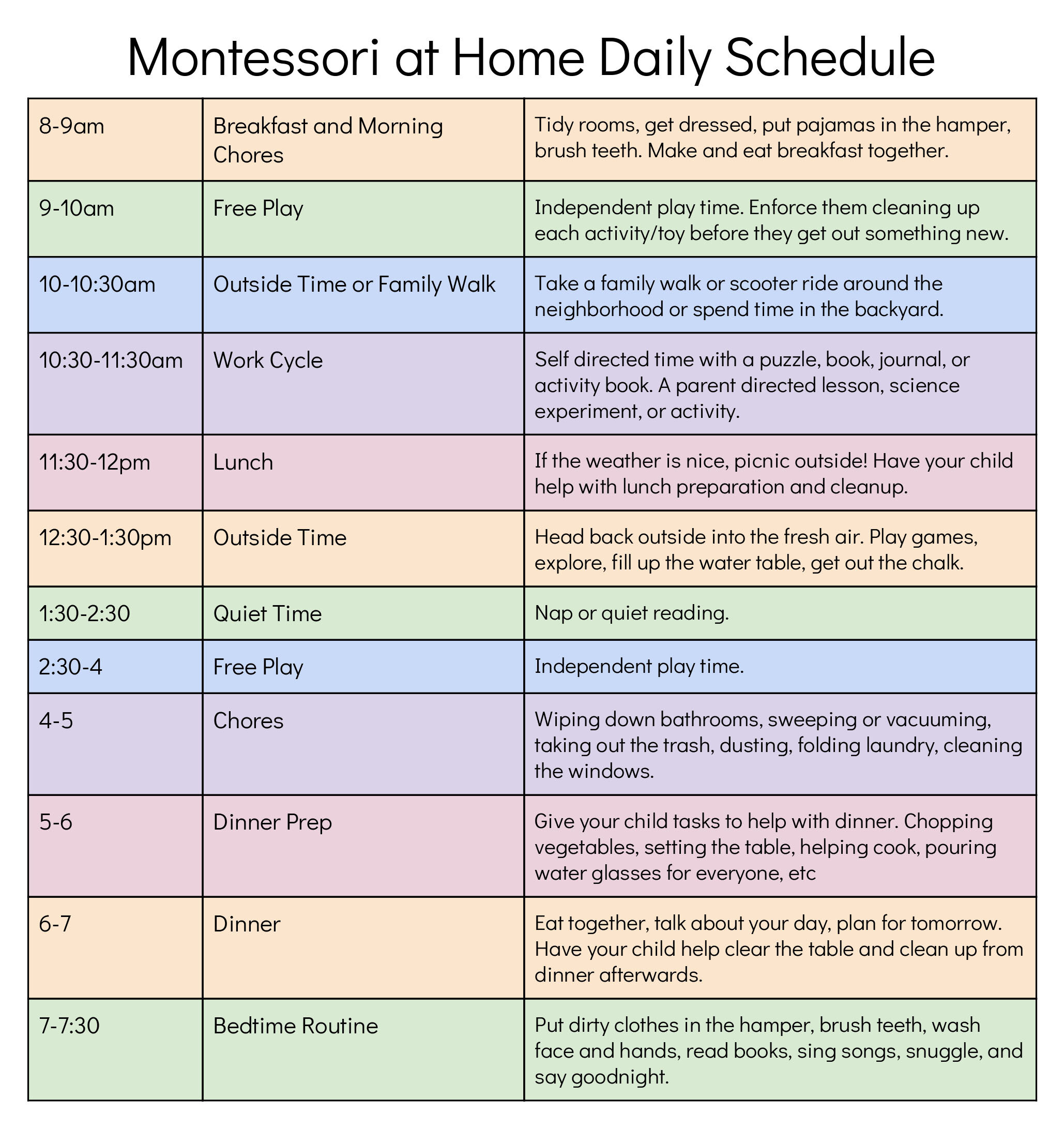At Peace Rose we believe that our social responsibility is to do our part in raising the next generation of compassionate, tolerant, anti-racist Americans. This is how we will continue to do the work in all of our classrooms:
* We believe that children deserve the truth about our country, our world, and our history, beginning with our youngest students.
* We believe that children are capable of understanding complex subjects, including inequality. We do not shy away from hard conversations with children about race or equality because it makes us, the adults, uncomfortable.
* When we teach about the history of the United States, specifically, we teach about slavery, segregation, and the years of inequality, oppression, and violence towards the Black community that have followed. We also tell stories of Black excellence, so that our students understand that there is much, much more to Black history than slavery.
* When we teach world history we center the perspectives of the First People of each continent, telling the stories of the aboriginal people and not the Eurocentric history that erases, distorts, and minimizes the non-white experience.
* We do not teach color blindness, as this serves to erase the history and experience of non-white people.
* Teaching tolerance and empathy is at the core of our curriculum.
Staff Training on Implicit Bias and Internalized Racism
* We recognize that at present our staff is mostly comprised of white women. While we are actively working to diversify our staff through hiring, we also know that there is work we can do as white women to address our implicit bias and internalized racism.
* This work includes continued staff training, required reading, and a constant examination of how our personal experiences and prejudices are influencing the way that we teach and interact with students. * We know that peace will come only as a result of justice and true equality, and that it is our responsibility to pursue that on a personal, local, and global level.
Resources for Parents
* Children's books to support conversations on race, racism, and resistance
* Black owned independent book stores
* How to Talk to Your Kids About Race
* Understanding and Dismantling Racism Booklist for White Readers









